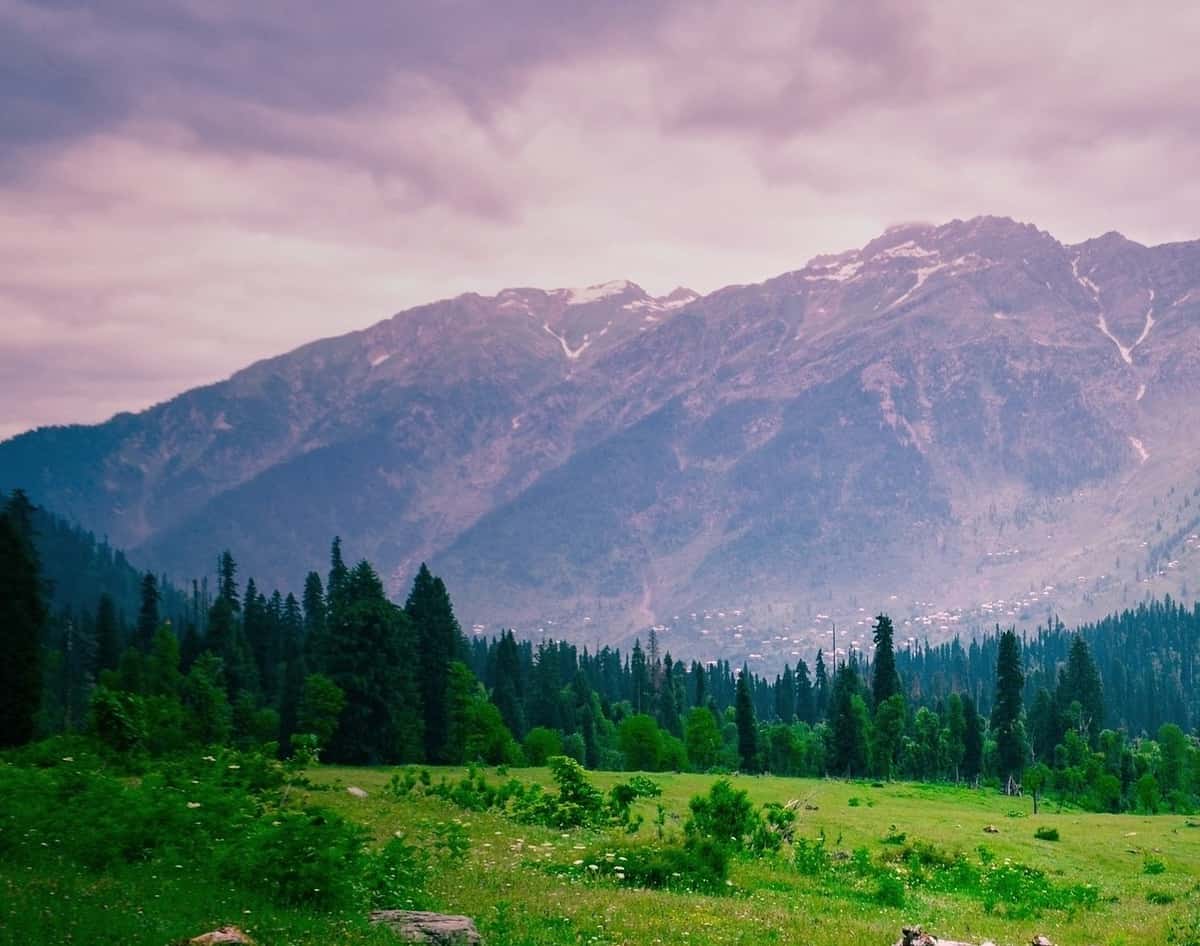

I was born in Kashmir many decades ago. As a child I used to hear from my buzurgs that one returns again and again to the place where ones umbilical chord is buried. Mine must be have been buried around Ram Munshi Bagh so Kashmir draws me to itself, body mind and soul. I want to be buried there; Kashmir, my beginning Kashmir my end.
I am not the river Jhelum (Ba Chhees na Vaith) is a film by a young artist Prabhash Chandra. I describe him by an epithet that fits best, an artist rather than call him nuclear physicist, which he is. The film has been released only at film festivals. In Kerala at the 26th International Film Festival at Trivandrum it won the best Debutante Director. It featured in this year’s 27th Kolkata Film Fest and 17th International Film Fest in Thrissur. An international audience is waiting for this film with high expectations and hope.

Watching the film at a private gathering I was reminded of my student days in the US where I began watching films of Ingmar Bergman, the Swedish genius who became a legend in world cinema. There are many similarities between Bergman and Prabash. Some montage shots reminded me of Bergman’s films Fanny and Alexander and Winter Light.
The film showed a shattered Kashmir in 2022, far far cry from the Jannat e Kashmir which I had known, about which poets had sung peans. During my Planning Commission term I had cried at the desolation of the valley. Eight years later it is worse than that; dispirited, dejected, dismal. So far as the eye can see… barbed wire meshes, empty roads along Lal Chowk, Lal Ded Hospital, Maisuma, all over Srinagar. Security pickets and small garbage piles are everywhere.
I think of Kashmir, mera gehwara (my cradle); today it is a massive burial ground where dead bodies are heaped.
The film moves slowly as characters appear and their stories unfold. Once again I think of Bergman when for several minutes the camera focuses on Afeefa, the sick young girl, who implores her father not to go searching for a medical shop. There is Shibu, Afeefa’s friend; they both are shown running away from some terror on dark streets. The next scene shows an older woman knocking at Afeefa’s door. ‘Shibu has not returned home for three days’. There are no tears, no laments just soundless shrieks and total silence. Rape is neither shown nor spoken of. The scene in which 10 girls, like the chorus in Greek Tragedy pull strings of their salwars and step out of the heaped garment to lie down on the bare floor, speaks much more than words.

A boy sits in a corner of his house with brush and black paint making posters; again and again he writes just one word ‘Azadi’, in many forms until his mother comes and tears up his posters. There is young Afeefa hunted, haunted, having lost her best friend Shibu. She is shown raising her face and her dark tangled hair out of a tub of water. The camera is says it all without any dialogue. Her father sends her to Delhi in a desperate attempt to remove her from scenes of violence. She lands in Delhi at the height of anti CAA and NRC. Whether here in Delhi or there in Kashmir, the youth seethes with rage.
Inside their houses people watch the TV screen when the Home Minister announces abrogation of article 370, a move that will ensure ‘wholistic development of Kashmir’. Bilal who is Afeefa’s old uncle is shown walking in the graveyard where many knowns and unknowns lie. It is the mad man Bashir who is perhaps the sanest of them all because he has parted with his sanity. Nothing bothers him except when he is stripped naked and tortured on the charge of harbouring militants. The long road on which Afeefa and Mansoor walk leads nowhere. All roads lead to desperation.
I asked Prabhash many questions. Making a film like this in these oppressive authoritarian times? Why? He gave his compelling reason. ’Through the film I have tried to look for an expression where I can bring in the narratives of women and girls who have been gang-raped and murdered in these many years. At the same time, critiquing the madness of aggressive nationalism which plays out on women’s bodies. Through the scenes in my film I have looked at how this kind of nationalism breeds fascist ideology and how it regulates women’s bodies to assert power, making it a site of nationalist politics, violence and conflict. Yes Apa, its the same story, whether it is mothers of Manipur or mothers of Kashmir.’
Prabhash has picked finest actors, some first timers, most of them unknown in filmi duniya. There is Lokesh Jain playing Bilal with immense restraint of a man who having witnessed it all has reached life’s end. Both the young girls in themselves are dirges rather than ghazals. The lunatic played by Anand is pure genius, while Farooq, Afeefa’s father has slipped into the role as if a slice of his life. Afeefa, played by Amba Suhasini K Jhala has the magic of innocence combined with quiet restarint. Well-known filmmaker-editor Paresh Kamdar has edited the film. Manoj Sikka of Parzania fame is the sound designer. Sukriti Khurana has done a fine job of production design.
Prabhash Chandra has looked at Kashmir from a lens which to me is comparable with the best of European cinema. Jhelum the river used to be a waterway to go places in Srinagar. As children we were sent to Jhelum Houseboats for a night or two as a special treat. Rows of houseboats on Jhelum were shops where tourists browsed. Today Jhelum is a mass of muddy water which has witnessed the zulm of decades. Human sorrow has been lowered into its depths and its changing aakaar is proof of what lies inside. But the film’s very title foretells the future where youth will not bear what Jhelum has borne. They will rise and rise. The film ends with famous lines of the Urdu poet Jagan Nath Azad called Ai Wadi e Kashmir. This is the poet’s prayer.
Allah karey jald woh din aaye ke jis din
Chamke teri duniya pe mere zikr ki tanveer.
Ai wadi e Kashmir
May Allah bring very soon the day when this land of yours
Will be illuminated with the incandescence of my prayer
O valley of Kashmir

